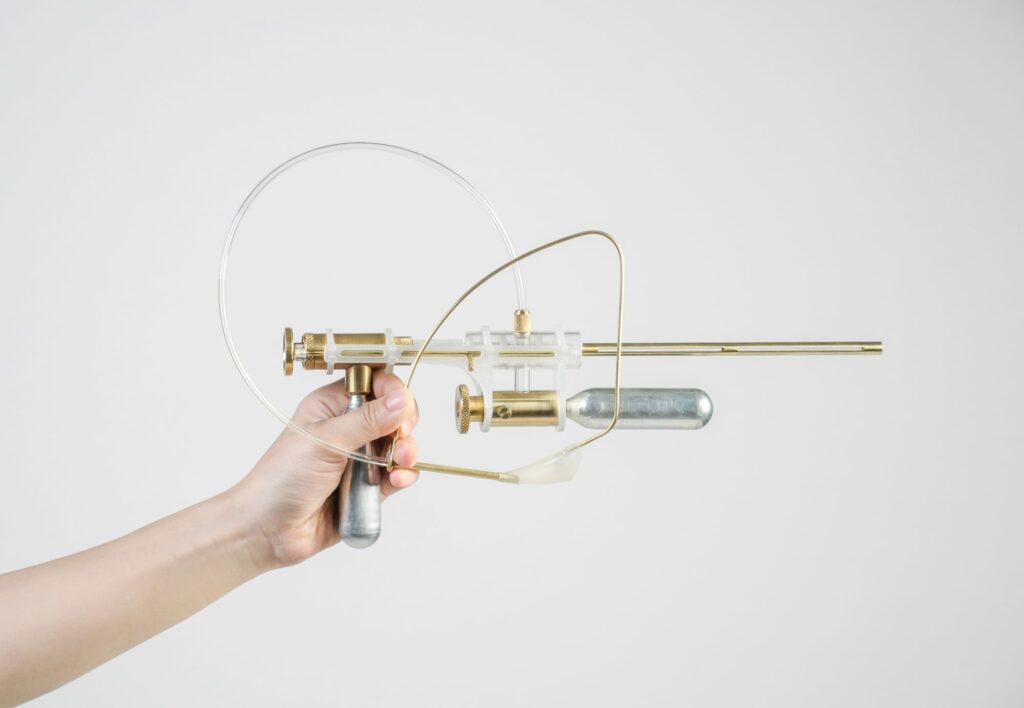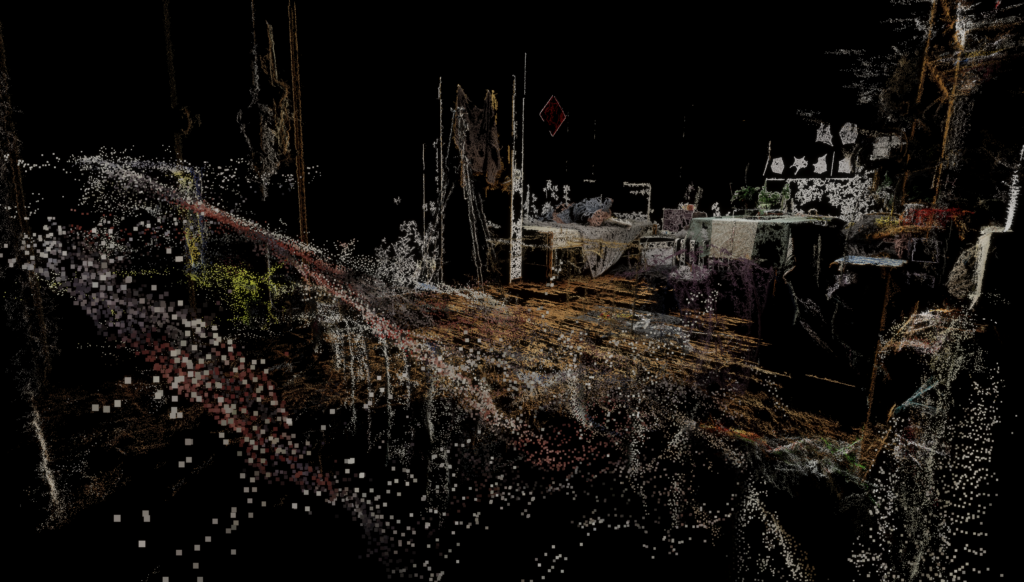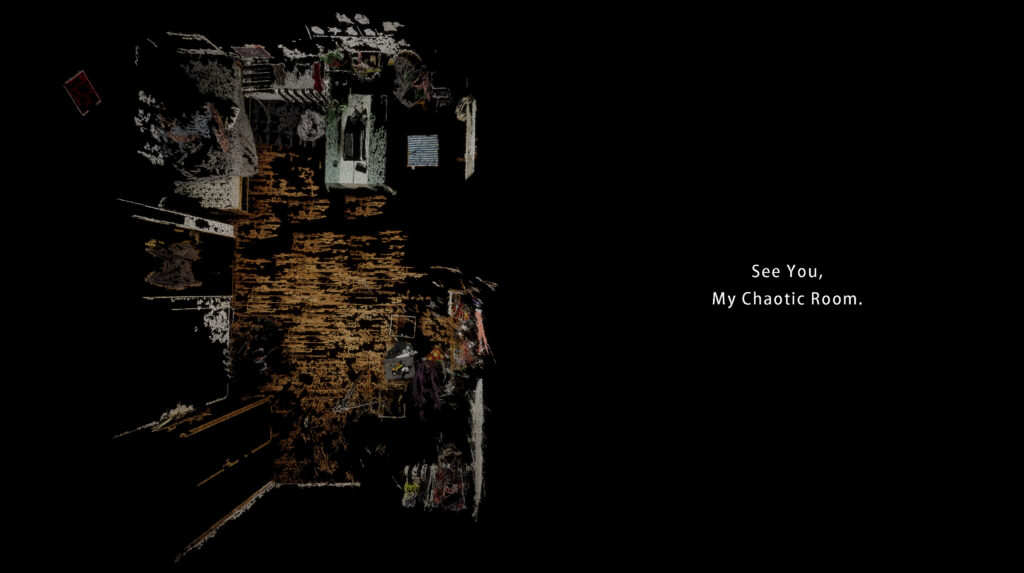After an altercation with a tutor, Yi-Fei Chen created this visual metaphor to show her personal struggle with speaking her mind.
Chen was born in Taiwan, where she was brought up with a strong sense of authority and taught that disagreeing with teachers was rude.
Because of this, she struggled to question her tutors when she came to the Netherlands to study for her masters degree.

“The difficulties living as a foreigner in another country lead to high pressures in the study environment,” she said. “Those pressures had been building for 18 months before finally reaching a crisis point during one of my midterm presentations.”
During the presentation, Chen was asked by a tutor to prepare more work in a short timeframe – something she felt impossible.
However, she couldn’t muster up the courage to say this out loud and went on to attempt to do the work. Soon after, she was sat in another presentation where the dean of the school told her she was underprepared.
“I was stage stuck and did not know how to react, but I did not say my thoughts aloud,” she said. “Furthermore, the reason he was angry was that I might have misunderstood him.”

When a classmate stood up for her and expressed her anger at the tutor’s scalding, Chen felt that her “politeness became her weakness” and was overrun with emotion.
“I was too emotional to control myself, I could not hold my tears so I cried,” she said. “I turned my back to the others, because I did not want people to see me crying.”
Chen has now visualized this personal struggle with speaking her mind as a conceptual graduation project – a brass gun that fires tears she has collected.
This happens in three stages. The user first puts on a mask with a silicon cup that catches the tears. The tears are frozen in a bottle, which is then loaded onto the gun – allowing the frozen tears to be fired.
At her graduation, Chen had the opportunity to point and fire the tear gun at head of department Jan Boelen. She took it.




